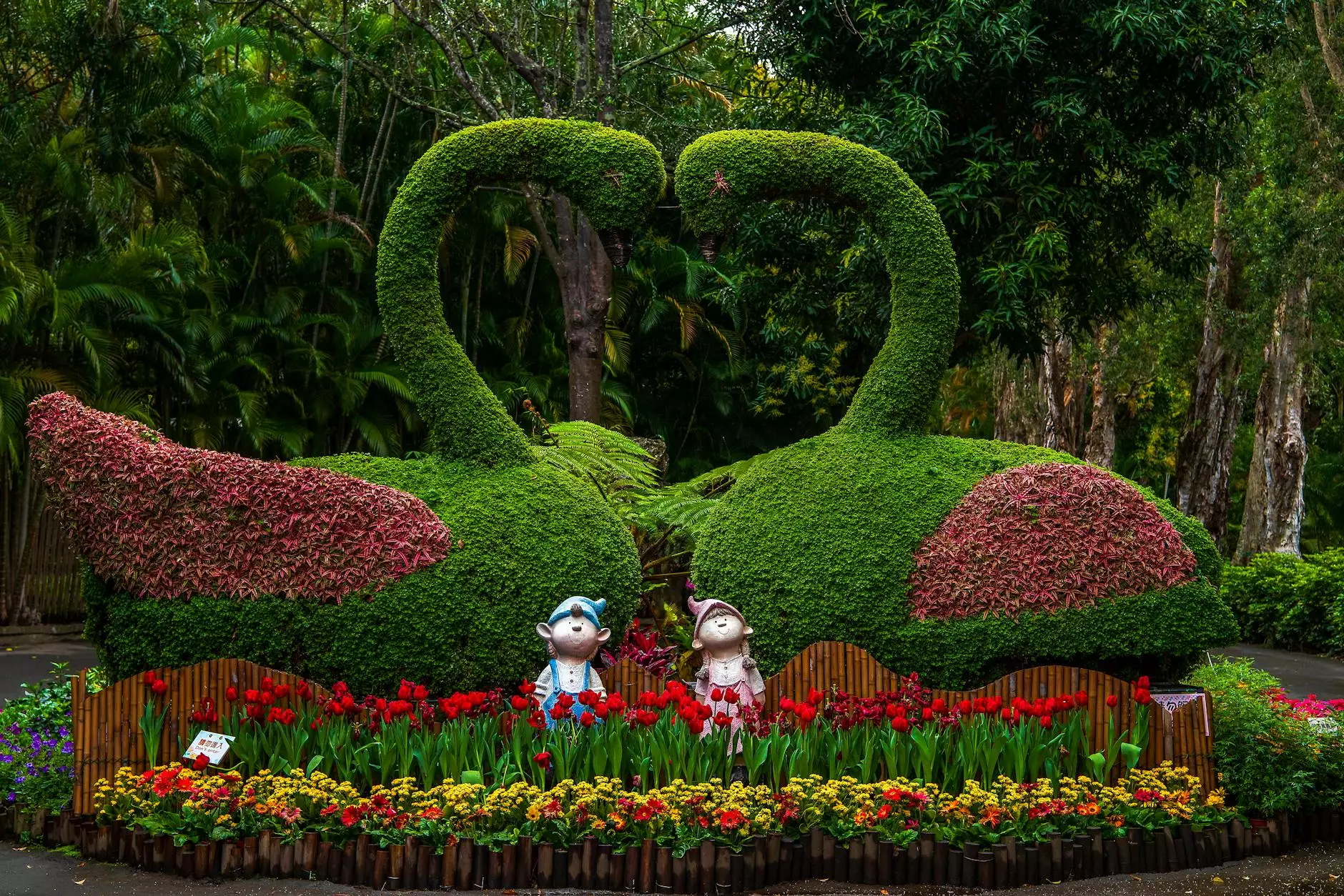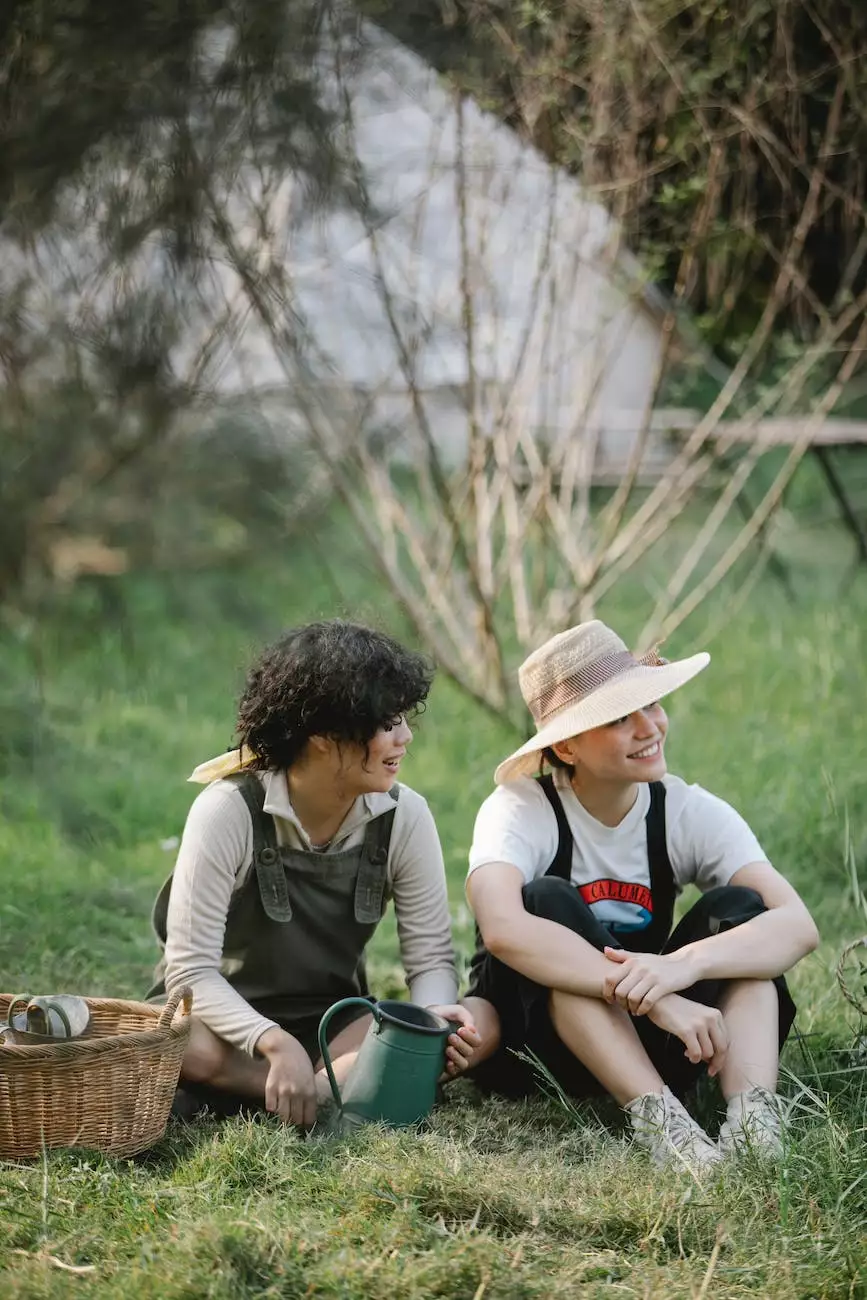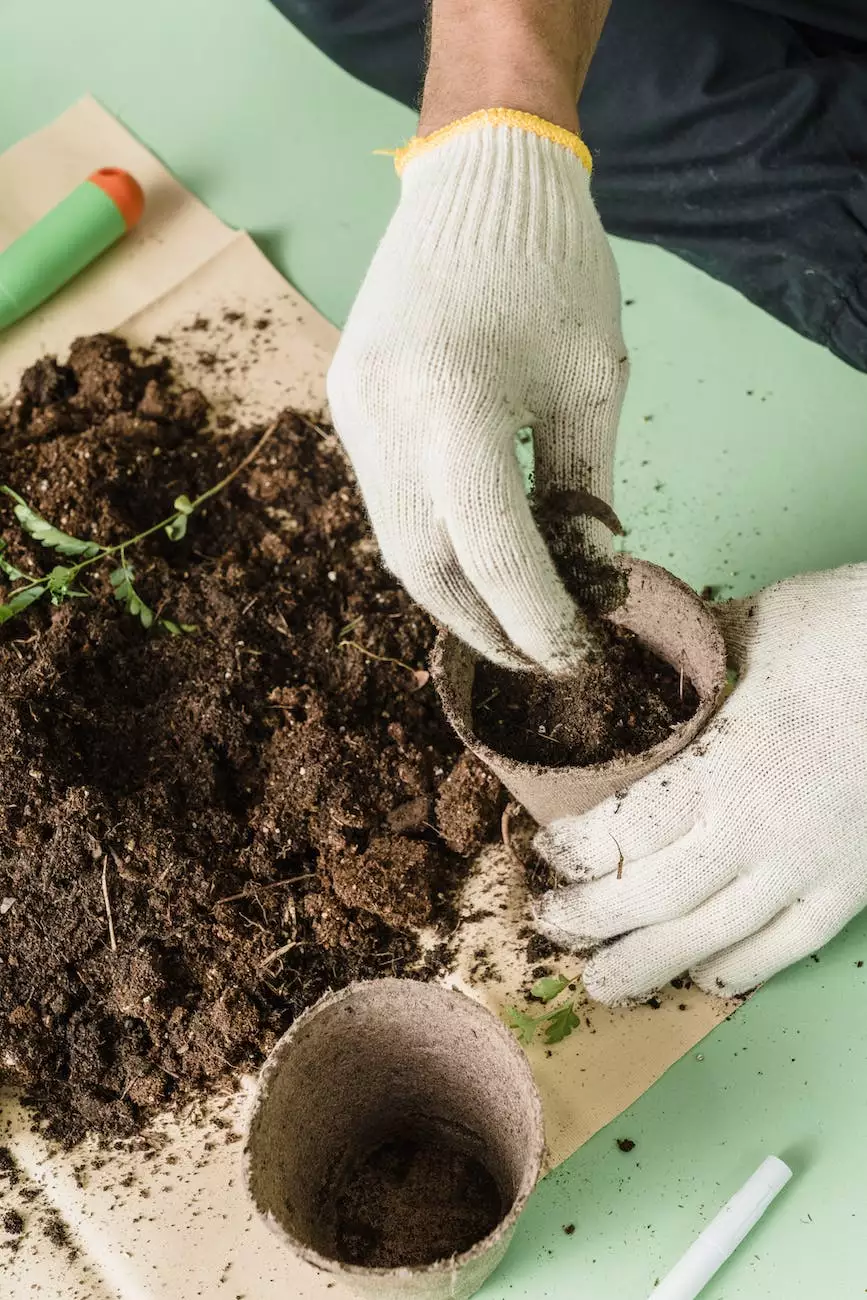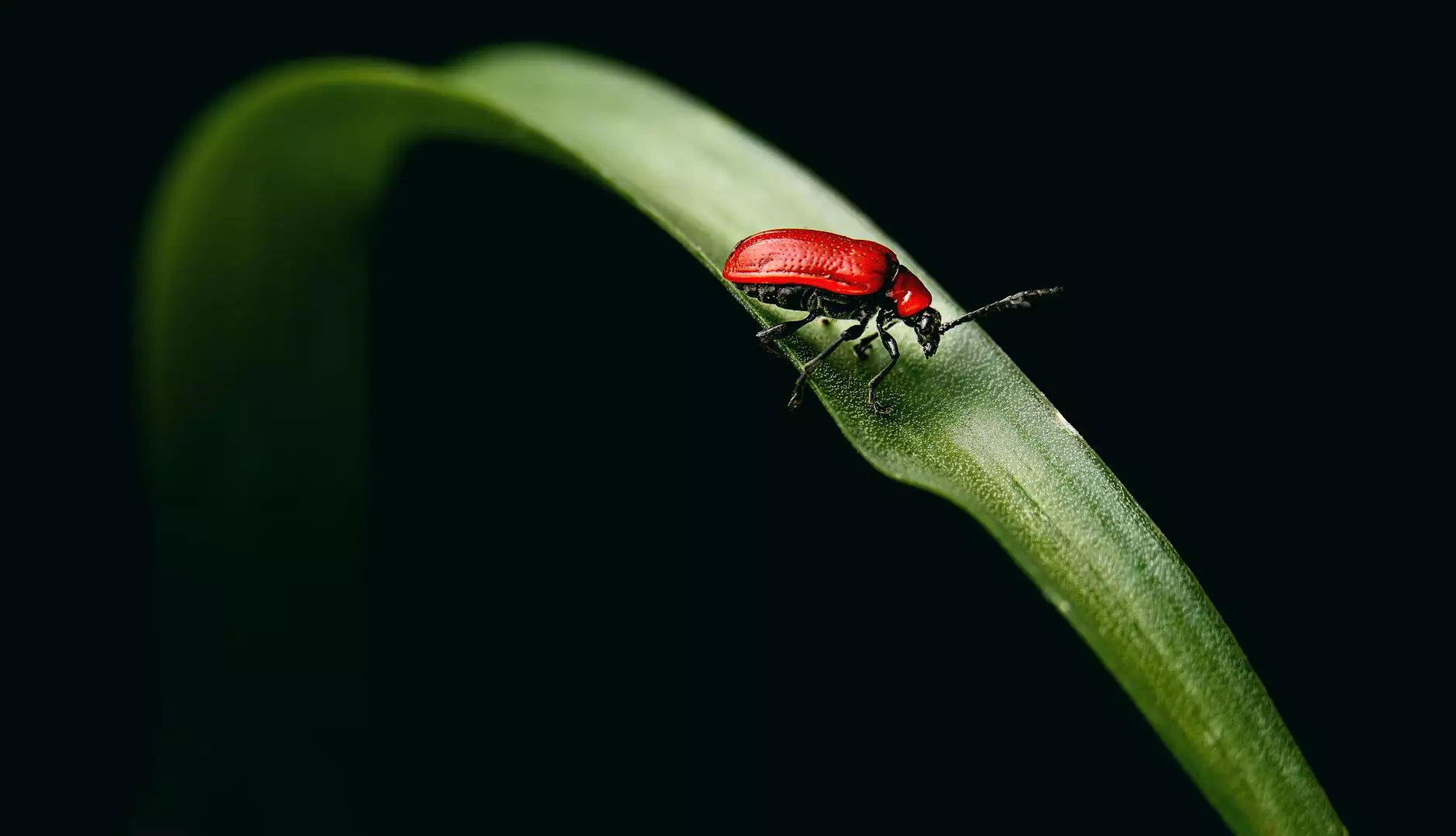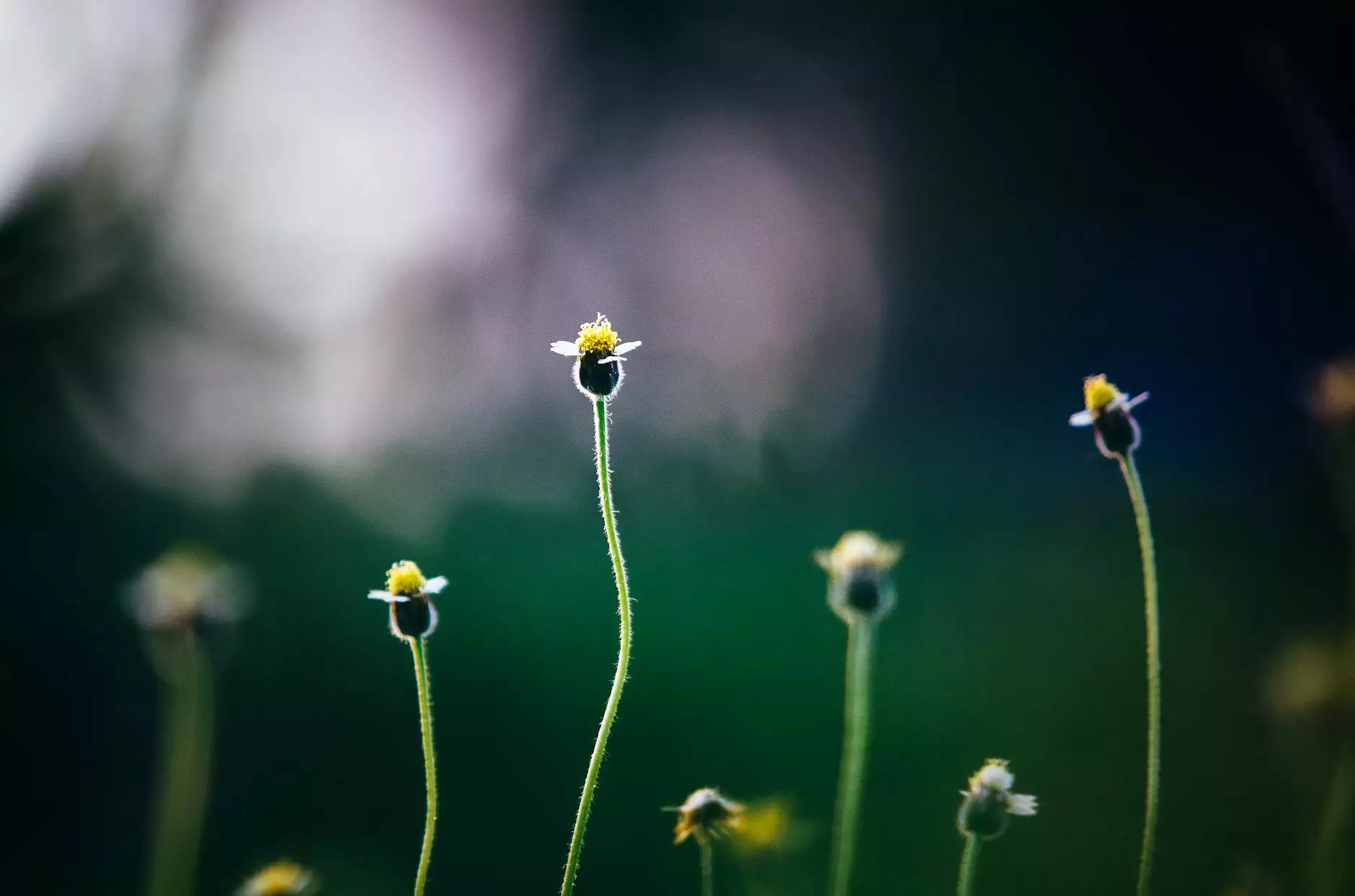Native plants - Garden Design Blog

Introduction
Welcome to the Native plants garden design blog by American Pond & Gardens. In this blog, we share ideas, tips, and inspiration for using native plants in residential landscaping and gardening. Native plants are becoming increasingly popular among homeowners and garden enthusiasts due to their numerous benefits and the positive impact they have on the environment.
The Importance of Native Plants
Native plants refer to species that have naturally occurred and evolved in specific regions for thousands of years. They are well adapted to local climate, soil conditions, and wildlife interactions. Choosing native plants for your garden offers multiple advantages:
- Biodiversity: Native plants attract a diverse range of pollinators, birds, and beneficial insects, fostering a healthier ecosystem in your garden.
- Low Maintenance: Native plants are well-suited to local conditions, requiring less water, fertilizer, and maintenance compared to non-native species.
- Water Conservation: Native plants are typically drought-tolerant and can help reduce water usage in your garden.
- Resilience: Native plants have evolved to withstand local pests, diseases, and climatic conditions, making them more resilient in the face of challenges.
Garden Design Ideas with Native Plants
When incorporating native plants into your garden design, there are several creative and functional approaches you can explore:
1. Native Plant Selection
Start by researching native plant species suitable for your region. Consider their growth habits, preferred soil conditions, sun exposure, and water requirements. Select a diverse range of plants that flower at different times to provide continuous blooms and support wildlife throughout the year.
2. Creating Wildlife Habitats
Native plants play a crucial role in supporting local wildlife populations. Integrating features such as bird feeders, nest boxes, and water sources alongside your native plantings can attract a variety of birds, butterflies, bees, and other beneficial insects.
3. Sustainable Landscaping
Native plants are fantastic for creating sustainable landscapes. By minimizing the use of herbicides and pesticides, reducing water consumption, and enhancing soil health through organic practices, you can establish a self-regulating ecosystem that is beneficial for both the environment and your garden's long-term well-being.
4. Rain Gardens and Water Management
Rain gardens are designed to absorb and naturally filter rainwater runoff from roofs, driveways, and other impervious surfaces. Incorporating native plants with deep root systems into rain gardens can help manage stormwater while adding beauty and attracting pollinators.
5. Native Plant Borders and Hedges
Use native plants to create attractive borders and hedges in your garden. These natural barriers can provide privacy, reduce noise, and create a visually pleasing boundary while attracting wildlife.
Conclusion
Incorporating native plants into your garden offers countless benefits. From enhanced biodiversity and reduced maintenance to water conservation and resilience, these plants can transform your garden into a thriving, sustainable ecosystem. Explore the Native plants garden design blog by American Pond & Gardens for more ideas, inspiration, and expert tips on creating beautiful and ecologically friendly landscapes.





